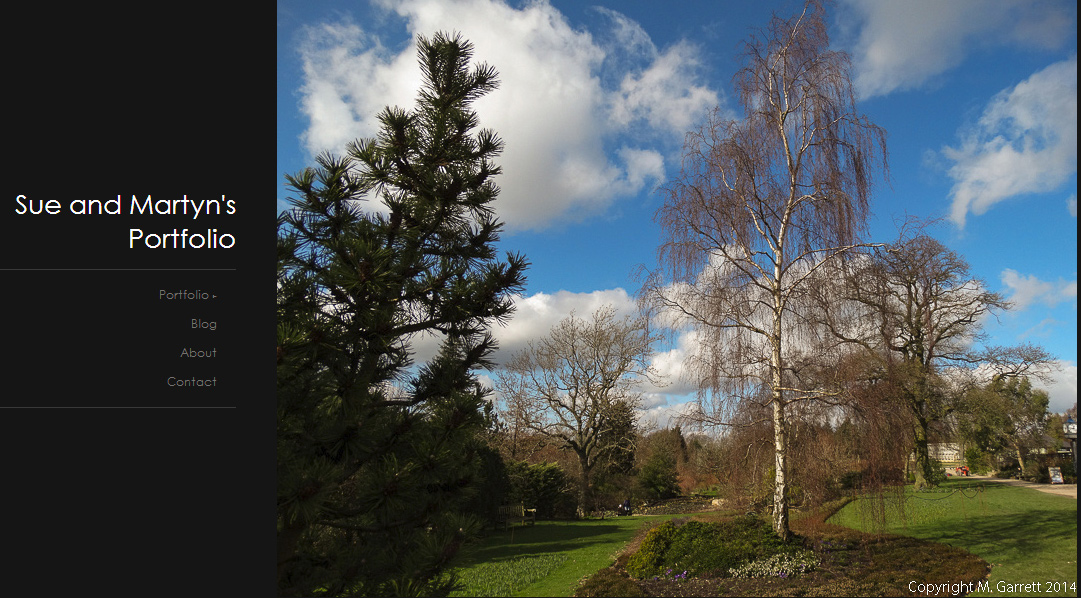Back in 2009 we decided to plant a couple of grapevines on the plot - a green Madeleine Sylvaner and a red Boskoop Glory. To be honest we didn't really expect them to produce grapes but thought it was worth a try! One was planted to grow on the side of the shed. It gets really hot inside the shed when the sun is shining so we thought a grapevine would have a better chance of producing some fruit here. The other was planted to grow up an arch that our plot neighbour had erected between our two plots.
The vines produced lots of top growth and looked very healthy. In 2011 Boskoop Glory did produce one or two bunches of grapes but these didn't develop, staying tiny and green. In the photo below they look much better than they actually were as you don't get a sense of scale.
I guessed that was likely to be as good as it would get and dropped my guard. Then this August I decided that the vine growing up the arch needed some attention. It was then that I spotted dozens of tiny bunches of grapes hiding under the foliage.
I removed lots of the leaves - something that I should have done much earlier - and at that point really should have thinned out the bunches but I figured it was too late to expect the grapes to ripen.
But look what happened - they actually turned colour.
Now I wish I had given the vine more attention. Next year I will be more vigilant and try to get some fully mature ripe grapes.
We have gathered all the bunches but the really tiny grapes each containing several pips are not really any good for eating. We had considered making grape cordial but once the pips and skins were strained out there wouldn't really have been much left so the tiny fruits will be left on the patio table as a treat for the blackbirds. The birds tend to be more daring and come closer to the house as winter tightens its grip. Last year our patio table doubled as an extra bird table.
Madeleine Sylvaner hasn't made any effort to produce fruit which is a shame as being against the shed if it had any fruit I would be sure to notice. It needs to be pruned and trained against the shed.
As is the gardeners' motto "Ibi semper est in anno altero"
I guessed that was likely to be as good as it would get and dropped my guard. Then this August I decided that the vine growing up the arch needed some attention. It was then that I spotted dozens of tiny bunches of grapes hiding under the foliage.
I removed lots of the leaves - something that I should have done much earlier - and at that point really should have thinned out the bunches but I figured it was too late to expect the grapes to ripen.
But look what happened - they actually turned colour.
Madeleine Sylvaner hasn't made any effort to produce fruit which is a shame as being against the shed if it had any fruit I would be sure to notice. It needs to be pruned and trained against the shed.
As is the gardeners' motto "Ibi semper est in anno altero"



















































































